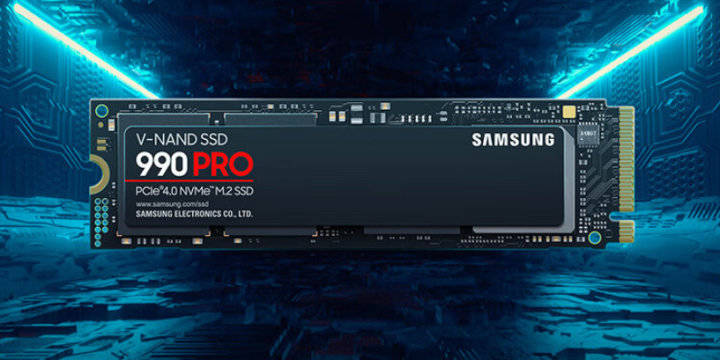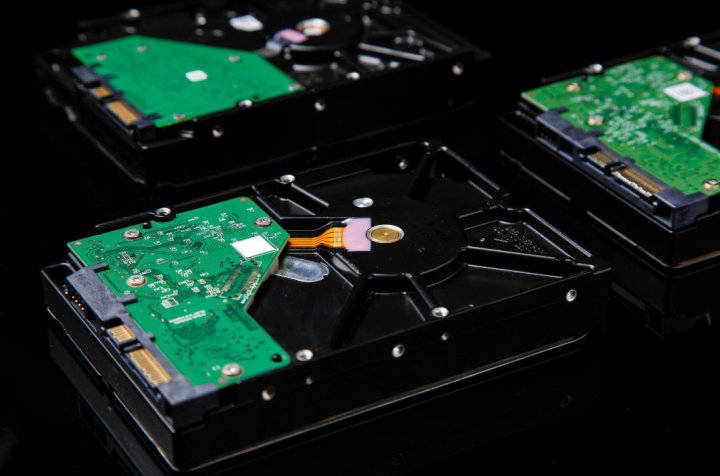Prices are constantly falling! Can solid-state drives completely replace mechanical hard drives
Release Time:2023-5-15 9:29:54
The price of solid-state drives is really cheap! Who would have thought that the 1TB capacity solid-state drive, which was once priced at over 1000 yuan, now only costs over 300 yuan. Even big brands like Samsung and Armor have begun to lower their prices. Taking Samsung's flagship solid-state 990 PRO as an example, the 1TB version is now priced at less than 900 yuan, and the 2TB version is priced at no more than 1600 yuan. Why has the price of solid-state drives dropped so sharply? Will traditional mechanical hard drives, which have lost their price advantage, gradually be replaced by better performing solid-state drives? This article tells you the answer!

With the continuous progress of Flash NAND flash technology and the continuous expansion of production scale, the production cost of solid-state drives has gradually decreased, allowing manufacturers to exchange low prices for sales and market share. With the intensification of market competition, various manufacturers have launched solid-state drive products with higher cost-effectiveness in order to seize market share. Despite significant performance improvements, prices have decreased instead of increasing, Solid state drives have become the preferred choice for more people. Prices are constantly falling!
Can solid-state drives completely replace mechanical drives? From a cost perspective, although the price of solid-state drives is currently quite low, compared to mechanical hard drives of the same capacity, the price is still slightly higher. From the perspective of storage capacity, 20TB mechanical hard drives are common, while solid-state drives are difficult to achieve due to different technological routes. Even if they reach the same specifications of capacity, the price advantage will no longer exist.


Both mechanical hard drives and solid-state hard drives have their own advantages and disadvantages, and can be selected according to different usage needs. However, with the continuous progress of solid-state drive technology, prices continue to decline, performance continues to improve, and the trend of gradually replacing mechanical hard drives will become increasingly apparent. It is expected that in the next few years, solid-state drives will gradually become mainstream storage devices, do you think?
- None
- Next
Recommend News
-
Phone
13510293598 -
Wechat

 ENGLISH
ENGLISH 简体中文
简体中文